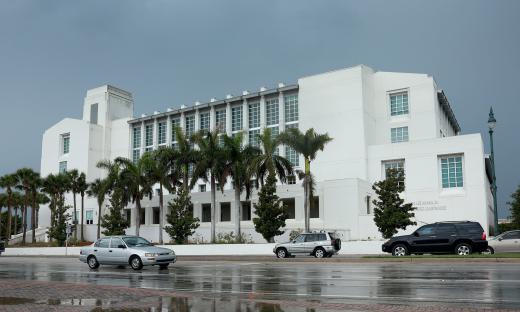- Pre-tax losses rose in 2022-23 despite record revenue
- Concerns over the sustainability of Championship clubs
Premier League clubs’ operating profits took a sizeable hit in the 2022-23 season with pre-tax losses also rising sharply, according to new figures from Deloitte. The ecosystem that supports them is thriving, however, with revenue exceeding £6bn for the first time.
The latest annual review of football finance confirmed England’s top flight remains dominant over its rivals by some distance, sitting atop a European landscape that has recovered comprehensively from the Covid-19 pandemic. But beneath the headline figures were developments that will cause concern, and the report also showed that Championship clubs remain heavily loss-making despite a 10% revenue increase.
Excluding player trading, operating profits in the Premier League dipped by 18% to £393m. This was attributed partly to inflation, while an increase in net debt owed largely to investment in infrastructure projects. The 14% rise in pre-tax losses, which totalled £685m, was partly explained by a 10% hike in wage costs and the effects of amortisation.
It is a reminder that boom times cannot be taken for granted in a scene that, nonetheless, is more money-spinning than ever. The league’s aggregate revenue increased by 11% to £6.1bn with healthy rises in matchday, commercial and broadcast incomes all recorded.
The cross-continental picture has brightened significantly. Collectively, the European market grew by 16% to €35.3bn (£29.9bn). Much of that was down to the lifting of Covid-19 restrictions in countries such as Germany and Italy. Top-flight clubs in both countries experienced 22% increases in revenue compared with the 2021-22 season. The “big five”; leagues, which also include those in France and Spain, recorded an aggregate operating profit of €500m. It was the first profitable season overall since 2018-19.
Tim Bridge, lead partner in Deloitte’s sports business group, welcomed the figures but warned the sport had crucial decisions to make about its future direction. “As plans and conversations continue across leagues in terms of further regulation and investment, European football is sitting at an inflection point,”; he said.
“Football is growing into an ever more globally connected game, and this brings new challenges to maintaining competitive balance, strong governance and regulation. Leaders across the industry must provide a united front in following good governance principles to build a future for European football that fans, players, and partners across leagues can be excited for.”;
Bridge also sounded the alarm around the Football League’s financial health. Deloitte’s figures showed revenue increases of 10% in the Championship, 9% in League One and 1% in League Two, but the second tier’s figure masks tough questions about its sustainability. While its revenues exceeded wage costs for the first time since 2016-17, operating losses hit £316m and none of its 24 clubs generated an operating profit outside player trading.
“The Football League may have seen an uptick in revenues in 2022-23, but clubs across the EFL are still battling to manage cash requirements,”; he said. “Many clubs are propped up by owner funding as they aspire to promotion, but exiting the league at the wrong end exposes a club to instability. This makes a strategy for long-term stability critical, underpinned by appropriate support provided by the governing bodies.”;
Positive figures were reported in the women’s game, with Women’s Super League clubs’ aggregate revenue rising by 50% to £48m. This was partly put down to a “Lionesses lift”; after England won Euro 2022.





